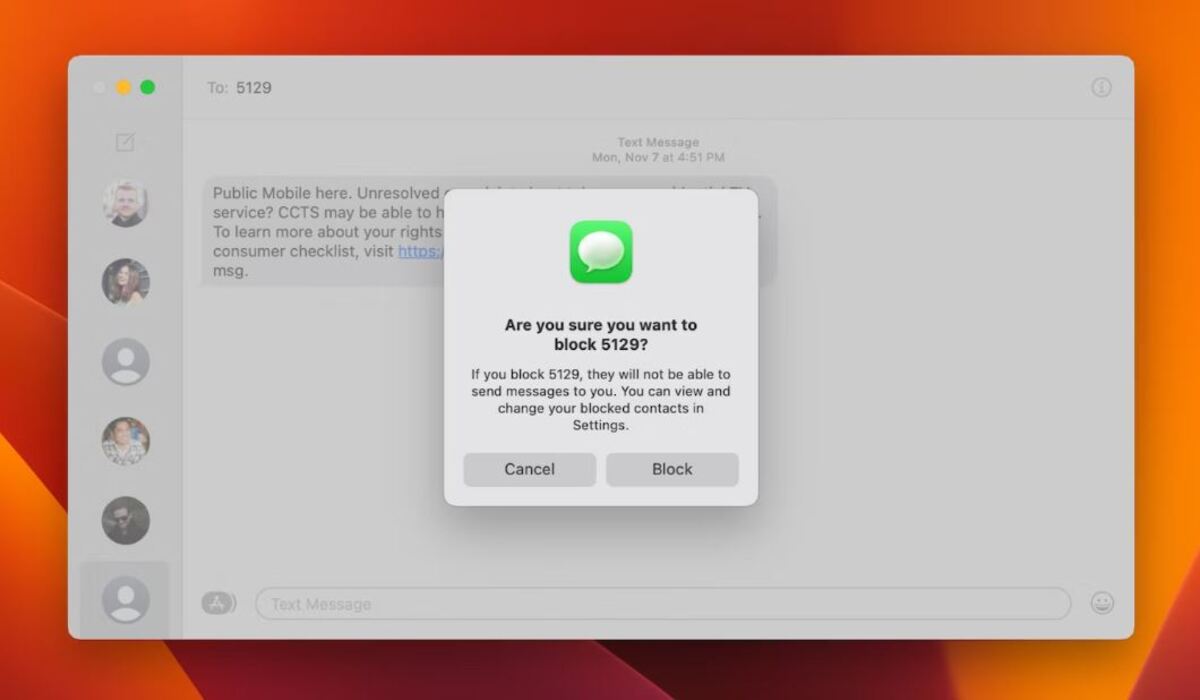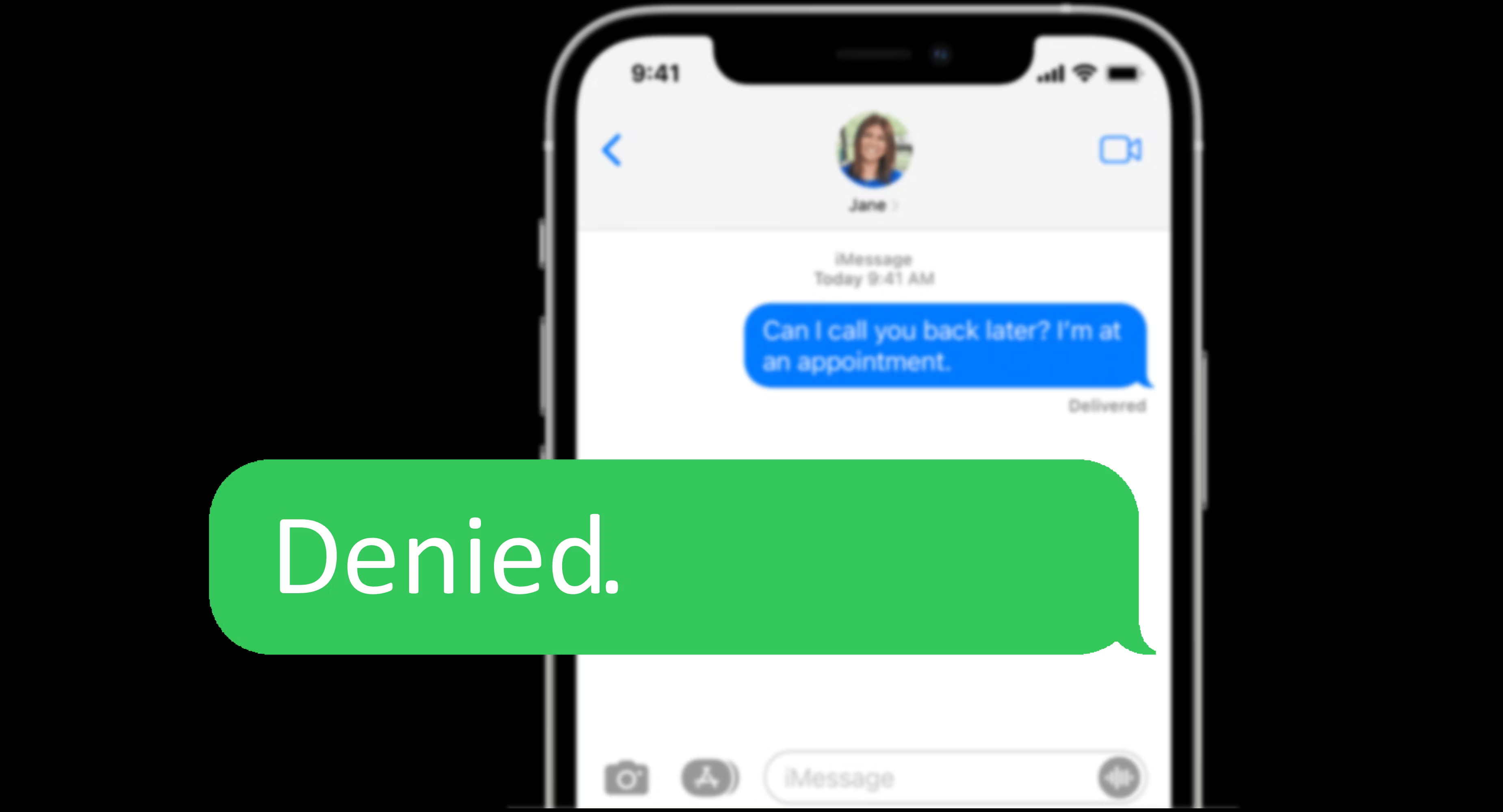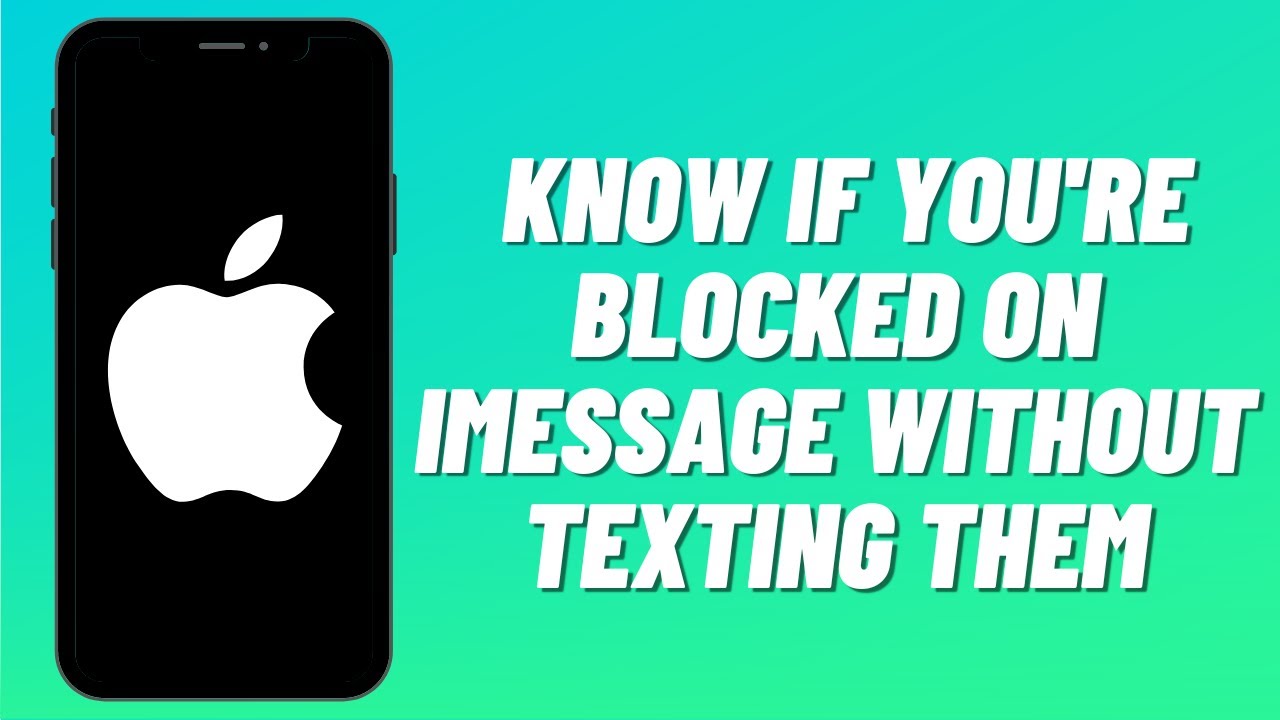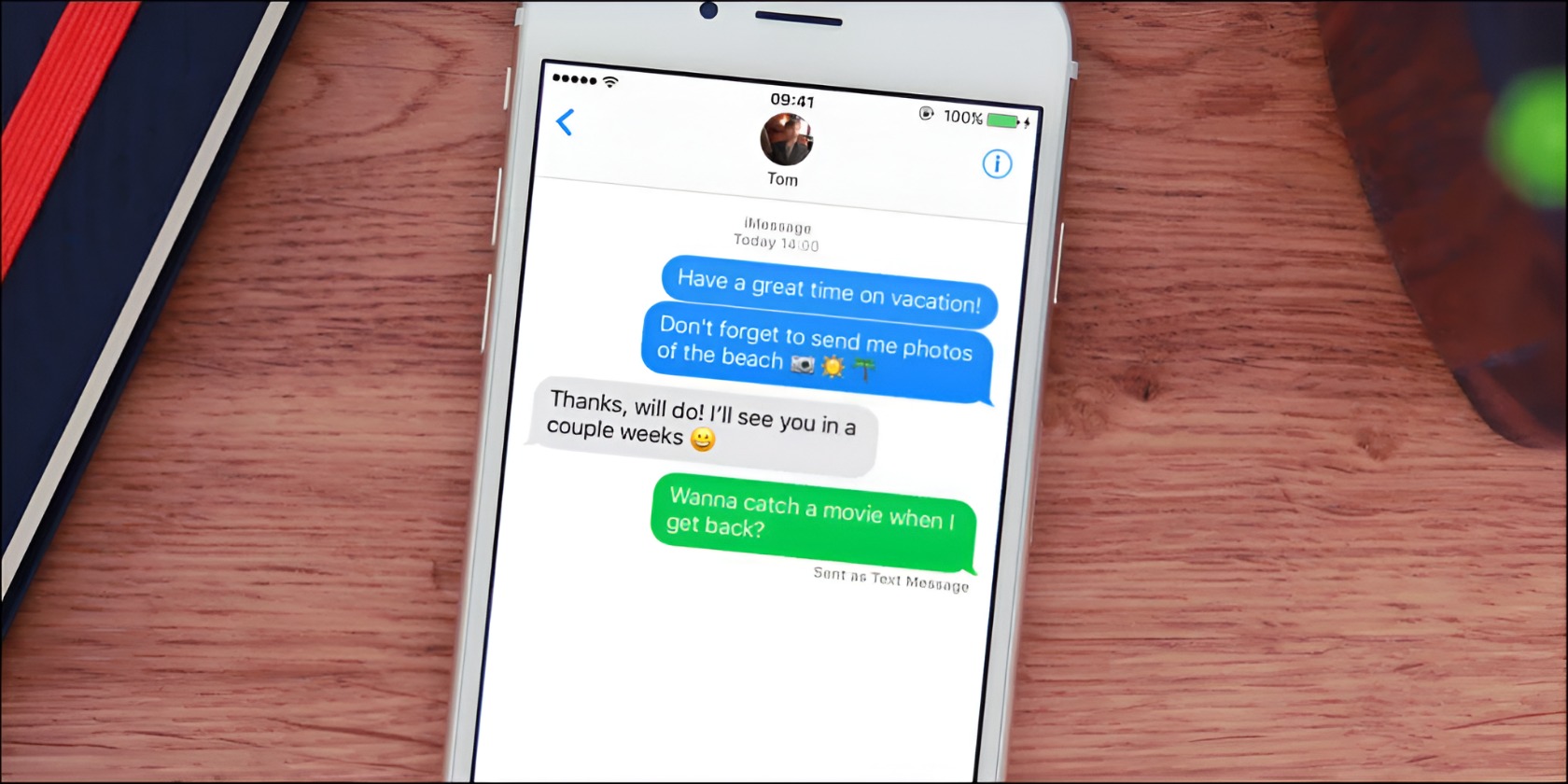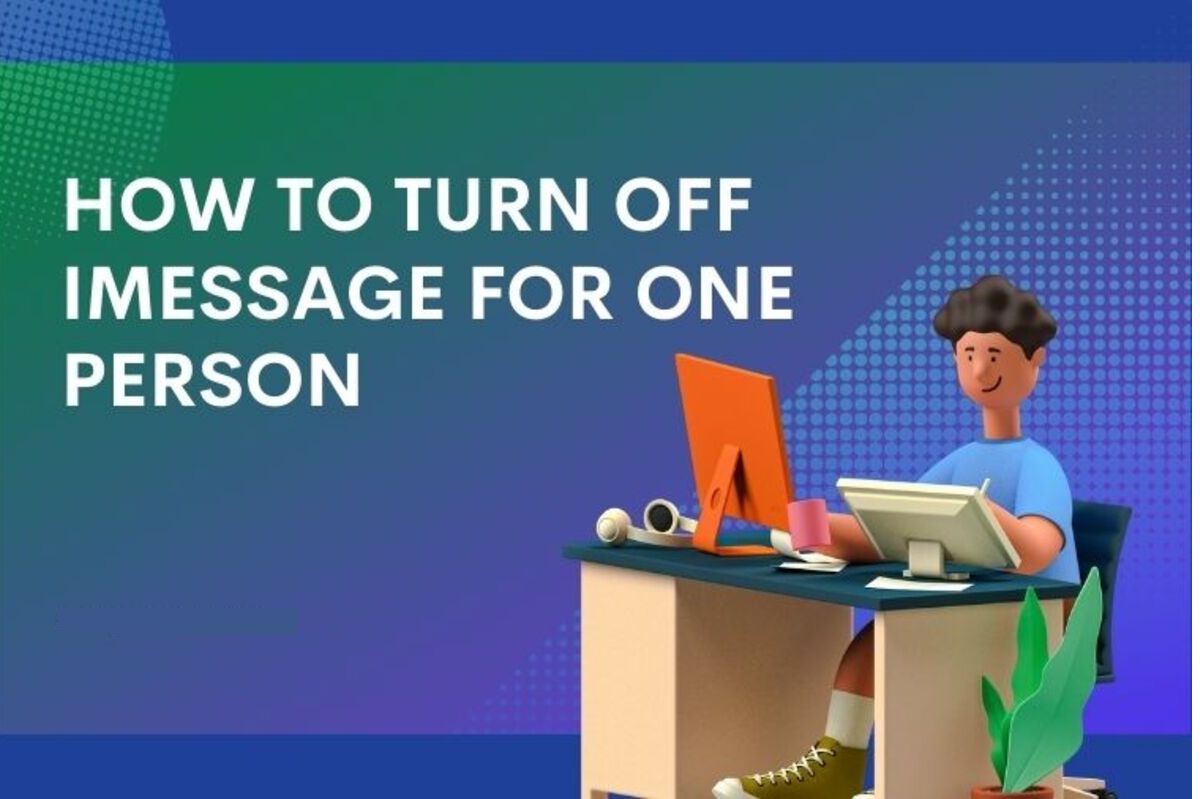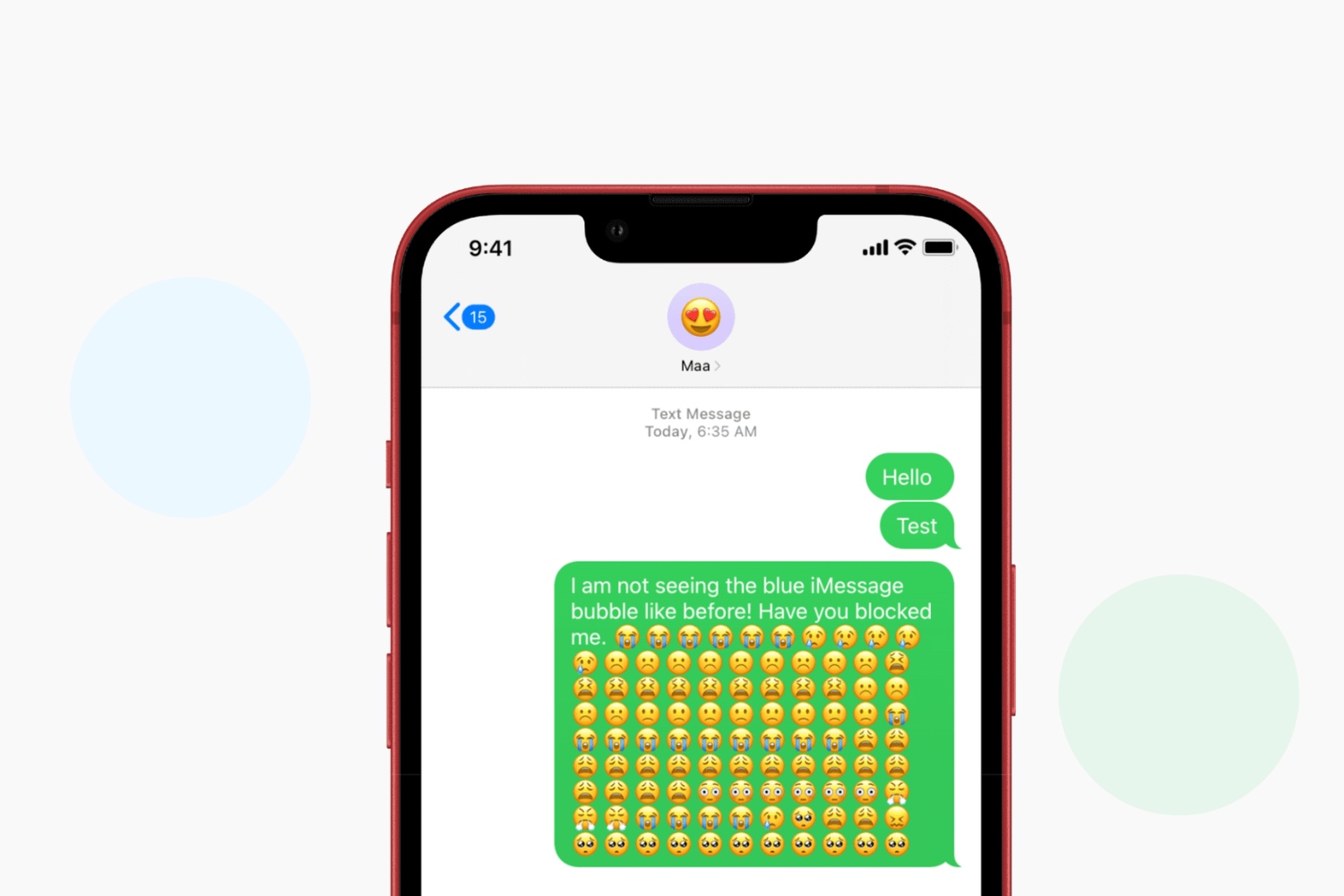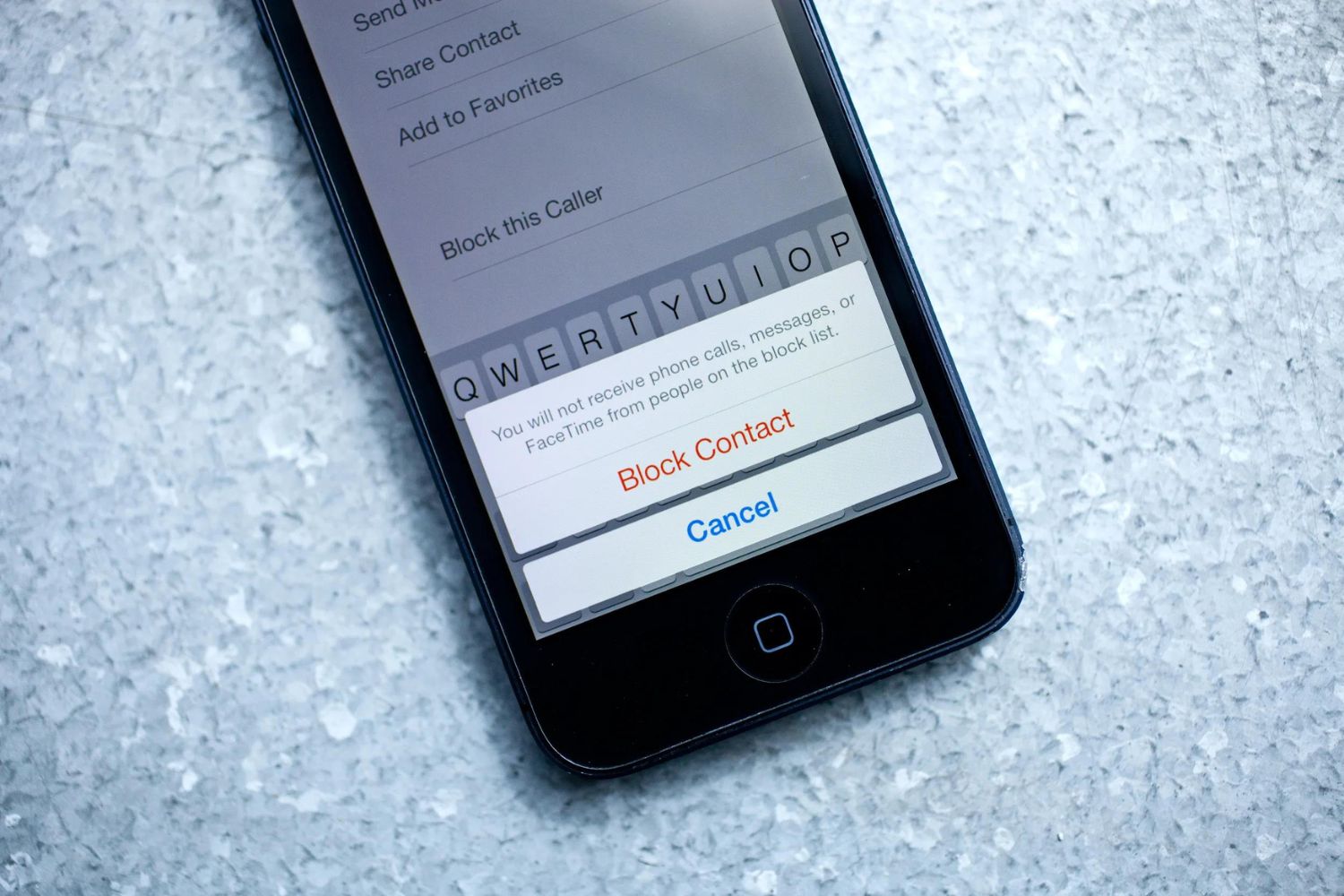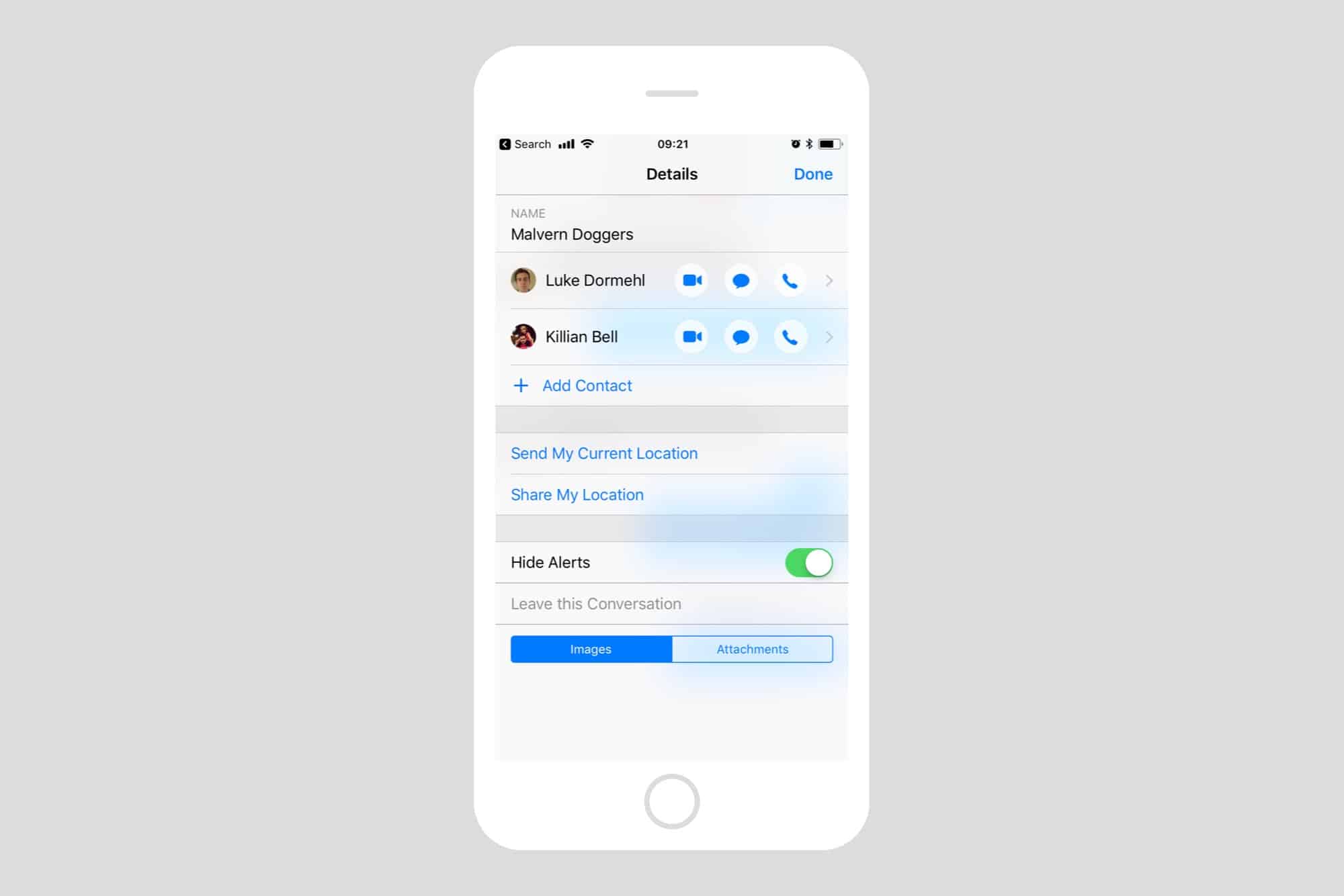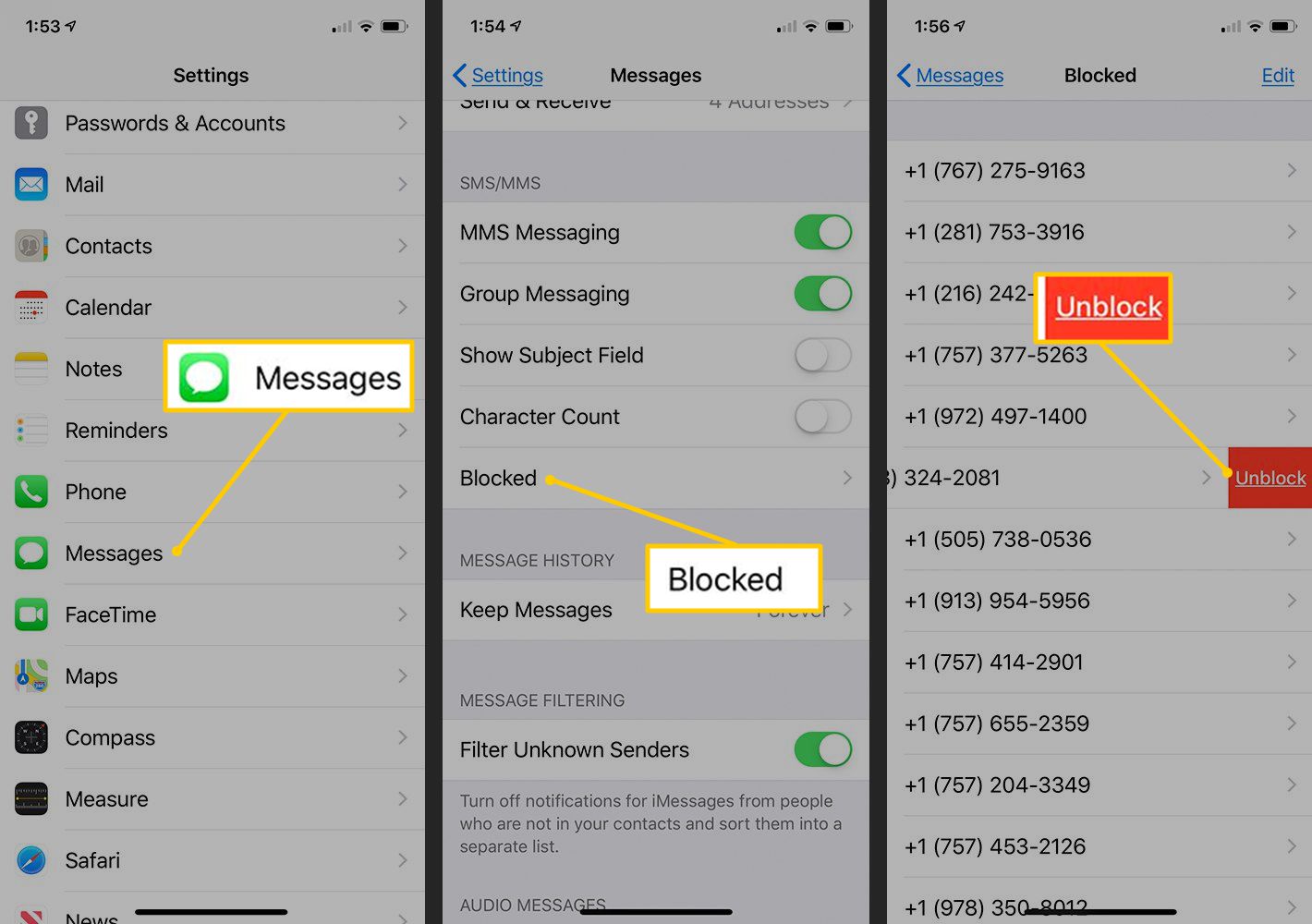Introduction
Have you ever sent a message to someone on iMessage and wondered why they never responded? It could be frustrating and confusing, especially if you’re used to getting quick replies. While there could be various reasons for the lack of response, one possibility is that you might have been blocked by the person you’re trying to reach.
iMessage is a popular messaging platform for iPhone and iPad users, allowing them to send text messages, photos, videos, and more to other iOS and macOS users. However, unlike traditional SMS or MMS messages, iMessages are sent over an internet connection, which offers additional features like read receipts, typing indicators, and the ability to block specific contacts.
Blocking someone on iMessage means that the person you blocked won’t receive your messages, and they won’t even know that you sent them. It’s a way to prevent unwanted communication and maintain privacy. While blocking can be useful in certain situations, it can also leave the person being blocked with questions about whether or not they’ve been blocked.
In this article, we’ll explore how to tell if someone has blocked you on iMessage. We’ll discuss several signs to look out for, as well as different methods you can use to confirm whether or not you’ve been blocked. Keep in mind that these methods are not foolproof and may not always provide a definitive answer, but they can give you a better idea of what might be happening.
Explanation of iMessage blocking
iMessage blocking is a feature that allows users to prevent specific contacts from sending them messages through the iMessage platform. When you block someone on iMessage, it effectively cuts off communication between you and that person. They won’t receive your messages, and you won’t receive theirs.
When you block someone on iMessage, the blocked individual won’t be notified that they have been blocked. Your messages will simply stop being delivered to their device or account. This means that the person you’ve blocked won’t even know that you’ve attempted to contact them.
Blocking someone on iMessage also affects other aspects of communication. For example, when you block someone, they won’t be able to see your read receipts, which indicate whether or not you’ve read their messages. They also won’t be able to see your typing indicators, which show that you’re actively composing a response.
It’s important to note that blocking someone on iMessage only affects communication through the iMessage platform, not other forms of communication like phone calls or text messages. If you’ve been blocked on iMessage, you may still be able to reach out to the person through other means outside of the iMessage app.
Additionally, blocking someone on iMessage is specific to your device or account. This means that if you block someone on one device or account, they may still be able to send you messages through a different device or account. Each device or account has its own block list, so blocking someone on one device won’t automatically block them on all of your devices.
Now that we’ve explained the basics of iMessage blocking, let’s dive into the signs that can indicate whether or not someone has blocked you on iMessage.
Signs that someone may have blocked you on iMessage
If you suspect that someone has blocked you on iMessage, there are several signs you can look out for that may indicate this. While these signs aren’t definitive proof of being blocked, they can help you form a better understanding of the situation.
1. No response or delayed response: One of the most obvious signs is not receiving any response or experiencing significant delays in receiving replies. If you consistently send messages and never hear back from the person, it could be an indication that you’ve been blocked.
2. Messages not appearing in a conversation: Another sign is when your messages no longer appear in the conversation thread. Normally, when you send a message on iMessage, it will show up in the conversation with a timestamp. If your messages consistently fail to appear in the conversation, it could be a sign that the recipient has blocked you.
3. Unable to see their typing indicators: iMessage usually shows typing indicators when the other person is composing a message. If you no longer see these indicators when you know the person is active on iMessage, it could suggest that they’ve blocked you.
4. Lack of read receipts: Read receipts are the indicators that show whether or not a message has been read by the recipient. If you previously had read receipts enabled and suddenly stop receiving them, it could be a sign that you’ve been blocked. However, keep in mind that the other person may have disabled read receipts in their settings, so this sign alone may not provide a conclusive answer.
5. Calls going straight to voicemail: While iMessage blocking mainly affects messaging, it is worth noting that calls may also be impacted. If your calls consistently go straight to voicemail without ringing or getting any response, it could suggest that you’ve been blocked.
These signs can give you a general indication of whether or not someone has blocked you on iMessage. However, it’s important to remember that these signs are not foolproof. Factors like network issues, device settings, and other variables can also impact the delivery and appearance of messages.
In the following sections, we’ll explore different methods you can use to gather more evidence and confirm whether or not you’ve been blocked on iMessage.
Method 1: Sending a message and checking for read receipts
One method you can use to determine if someone has blocked you on iMessage is by sending a message and checking for read receipts. By default, iMessage allows users to enable or disable read receipts, which indicate when a message has been read by the recipient. However, keep in mind that the recipient can choose to disable read receipts, so this method may not always provide a definitive answer.
Here’s how you can use this method:
- Compose a message: Open the iMessage app on your iPhone or iPad and compose a new message to the suspected person you believe may have blocked you.
- Send the message: Once you’ve composed your message, tap the send button to dispatch it to the recipient.
- Check for read receipts: After sending the message, keep an eye out for the read receipts. If the message is delivered and you see the read receipts, it indicates that the person has not blocked you and has read your message. However, if you don’t see any read receipts even after a significant amount of time, it could be a sign that you’ve been blocked.
It’s important to note that if the recipient has disabled read receipts, you won’t be able to see whether or not they have read your message. In this case, the absence of read receipts doesn’t necessarily mean that you’ve been blocked. Similarly, if the message doesn’t get delivered at all, it could be due to network issues or other factors, rather than being blocked.
While this method can provide some insight, it’s just one piece of the puzzle. To gather more evidence, let’s move on to the next method: making a phone call and checking for ringing or voicemail.
Method 2: Making a phone call and checking for ringing or voicemail
Another method you can employ to determine if someone has blocked you on iMessage is by making a phone call and checking for ringing or voicemail. While iMessage blocking primarily affects messaging, it can sometimes impact phone calls as well. If your calls go straight to voicemail or don’t ring at all, it could indicate that you’ve been blocked.
Follow these steps to use this method:
- Access the Phone app: Open the Phone app on your iPhone or iPad and enter the phone number or contact name of the person you suspect may have blocked you on iMessage.
- Make the phone call: Tap the call button to initiate the call. Pay close attention to the phone’s behavior during the call.
- Listen for ringing or voicemail: If the call rings and goes to voicemail without the person answering, it could imply that they’re either busy or have intentionally declined the call. However, if the call doesn’t ring at all and goes directly to voicemail, there’s a higher chance that you’ve been blocked. Keep in mind that network issues and other factors can also affect call behavior, so this method alone may not provide a definitive answer.
It’s important to note that call blocking is separate from iMessage blocking. Just because someone has blocked you on iMessage doesn’t necessarily mean they have blocked your calls as well. Similarly, even if your calls go to voicemail or don’t ring, it could be due to reasons other than blocking, such as a weak signal or the person setting their phone to “Do Not Disturb” mode.
While this method can give you some insights, it’s essential to combine it with other signs and methods to gather more evidence. In the next section, we’ll explore another method that involves observing changes in iMessage appearance and behavior.
Method 3: Observing changes in iMessage appearance and behavior
When someone blocks you on iMessage, there can be noticeable changes in the appearance and behavior of the app. By observing these changes, you may gather more evidence to confirm if you’ve been blocked. It’s important to note that these changes are not always definitive proof of blocking, as they can also occur due to other factors, such as device settings or network issues.
Here are some changes to look out for:
- No profile picture or status updates: If the person you suspect has blocked you previously had a profile picture or regularly updated their status on iMessage, but you no longer see these details, it could be an indication that they’ve blocked you. When someone blocks you, their profile details and updates become inaccessible to you.
- No presence indicators: iMessage usually displays presence indicators, such as a green dot next to a person’s name, to show that they’re online and actively using the app. If you no longer see these indicators next to the person’s name, it could suggest that they’ve blocked you. However, keep in mind that the person may have disabled this feature or may genuinely be offline.
- Messages appearing as “Not Delivered”: When you send a message on iMessage, it normally shows a “Delivered” status once the message reaches the recipient’s device. However, if your messages consistently appear as “Not Delivered,” even after multiple attempts, it could indicate that you’ve been blocked. Again, network issues or other factors can also cause messages to not be delivered, so this isn’t a definitive proof of blocking.
It’s crucial to consider these changes along with the other methods and signs discussed earlier to paint a more complete picture. It’s common for multiple indicators to align when someone has blocked you on iMessage, providing a stronger indication of being blocked.
While these changes can give you some insights on whether or not you’ve been blocked, they are not foolproof. To gather more evidence, let’s move on to the next method: checking the “Delivered” status of messages.
Method 4: Checking the “Delivered” status
An additional method to determine if someone has blocked you on iMessage is by checking the “Delivered” status of your messages. Normally, when you send a message on iMessage, it will display a “Delivered” status once it reaches the recipient’s device. However, if you’ve been blocked, your messages may not show this status, providing a potential indication of blocking.
To utilize this method, follow these steps:
- Compose a message: Open the iMessage app on your iPhone or iPad and compose a new message to the suspected person you believe may have blocked you.
- Send the message: Once you’ve composed your message, tap the send button to dispatch it to the recipient.
- Observe the “Delivered” status: After sending the message, keep an eye on the status of the message. If it shows a “Delivered” status, it indicates that the message has reached the recipient’s device. However, if the message does not display this status, even after a reasonable amount of time, it could be a sign that you’ve been blocked.
It’s important to note that the absence of the “Delivered” status does not always signify blocking. Factors such as network issues, connectivity problems, or the recipient’s device being turned off can also prevent the message from being delivered. Hence, it’s recommended to consider this method in conjunction with other signs and methods to gather more accurate evidence.
Now that you’re familiar with this method, let’s explore the final method: testing with a different iMessage account to see if you’ve been blocked.
Method 5: Testing with a different iMessage account
The last method you can use to determine if someone has blocked you on iMessage is by testing with a different iMessage account. This method involves sending a message from a separate iMessage account to see if it gets delivered or if you receive any response. By using a different account, you can rule out any potential technical issues or network problems that might affect your primary account.
Follow these steps to utilize this method:
- Create a new iMessage account: If you don’t already have a secondary iMessage account, you can create one by using a different Apple ID.
- Compose a message: Open the iMessage app on your iPhone or iPad and compose a new message to the suspected person you believe may have blocked you.
- Send the message from the new account: Once you’ve composed your message, send it from the new iMessage account to the recipient.
- Wait for a response: After sending the message, observe whether or not it gets delivered and if you receive any response. If the message gets delivered and you receive a response, it suggests that your original account may have been blocked. However, if the message does not get delivered or you still don’t receive a response, it could indicate other factors, such as network issues or the recipient’s unavailability.
By testing with a different iMessage account, you can gather additional evidence to support your suspicion of being blocked. If your message from the alternate account is successfully delivered and you receive a response, it further strengthens the indication that your original account has been blocked.
However, it’s vital to note that while this method can provide more information, it is not a foolproof method. There could still be factors at play that prevent the delivery of messages or the recipient’s ability to respond.
Now that we’ve explored different methods to determine if you’ve been blocked on iMessage, let’s wrap up with a summary of what we’ve discussed.
Conclusion
Determining if someone has blocked you on iMessage can be challenging, as the platform doesn’t provide a direct notification for being blocked. However, by paying attention to various signs and using different methods, you can gather evidence to support your suspicion.
We discussed several signs that may indicate being blocked, such as no response or delayed response, messages not appearing in a conversation, absence of read receipts, calls going straight to voicemail, and changes in iMessage appearance and behavior. These signs, when combined, can give you a clearer picture of the situation.
We also explored different methods to gather more evidence, including checking for read receipts, making phone calls and observing ringing or voicemail, observing changes in iMessage appearance and behavior, checking the “Delivered” status of messages, and testing with a different iMessage account.
It’s important to note that while these methods can provide insights, they are not foolproof. There can be other reasons for the observed behaviors, such as device settings, network issues, or the recipient’s unavailability. Therefore, it’s necessary to consider multiple indicators and methods to draw a more accurate conclusion.
If you suspect being blocked on iMessage, it’s essential to respect the other person’s decision and privacy. Jumping to conclusions or confronting the person may strain relationships further. Instead, focus on maintaining healthy communication and seeking resolutions through open dialogue.
Remember that the goal is to understand the situation better, and if necessary, find alternative means of communication to address any issues or concerns. Keeping a respectful and understanding approach can help foster healthier relationships, even in the face of potential blocking on iMessage.







